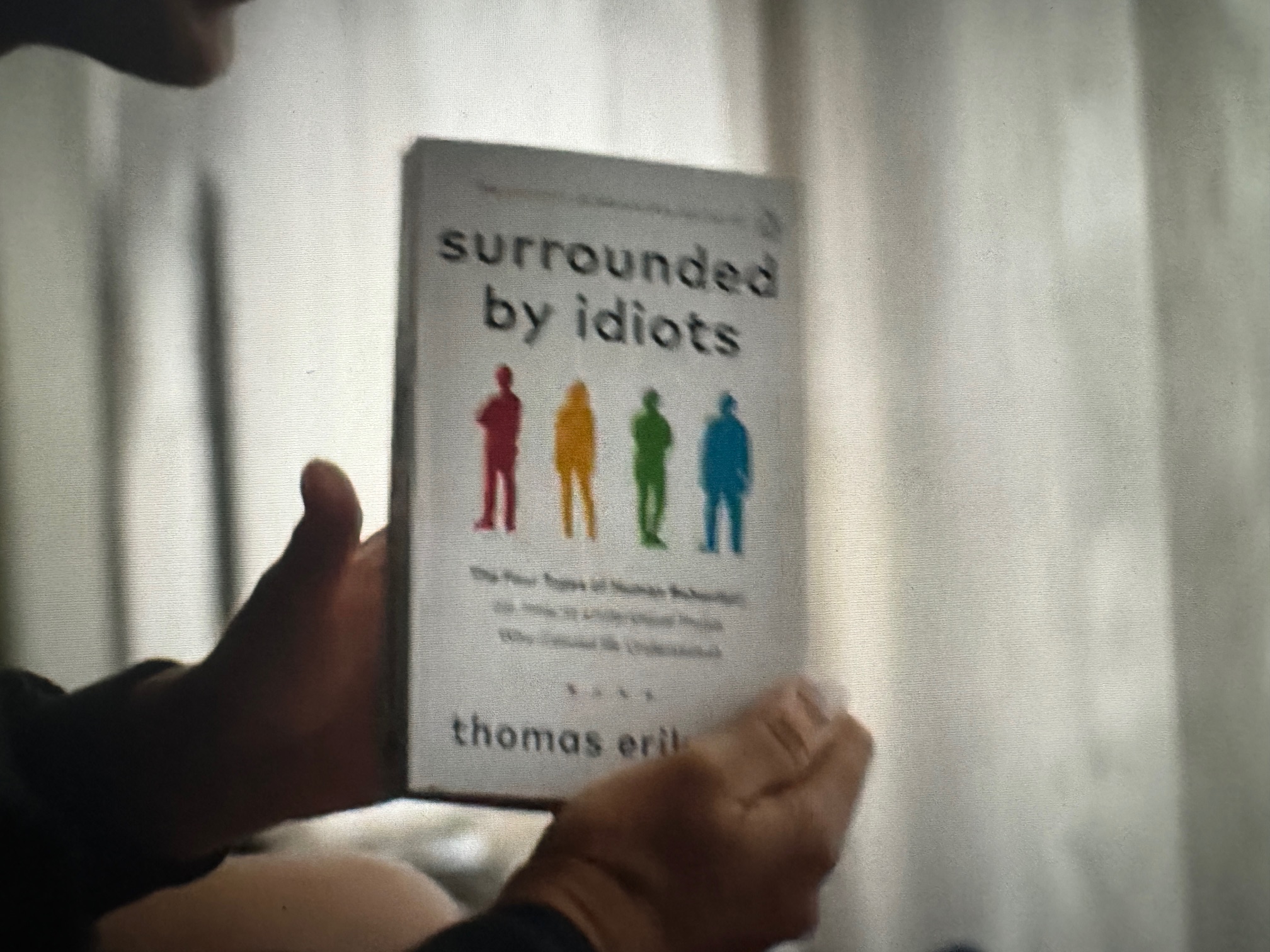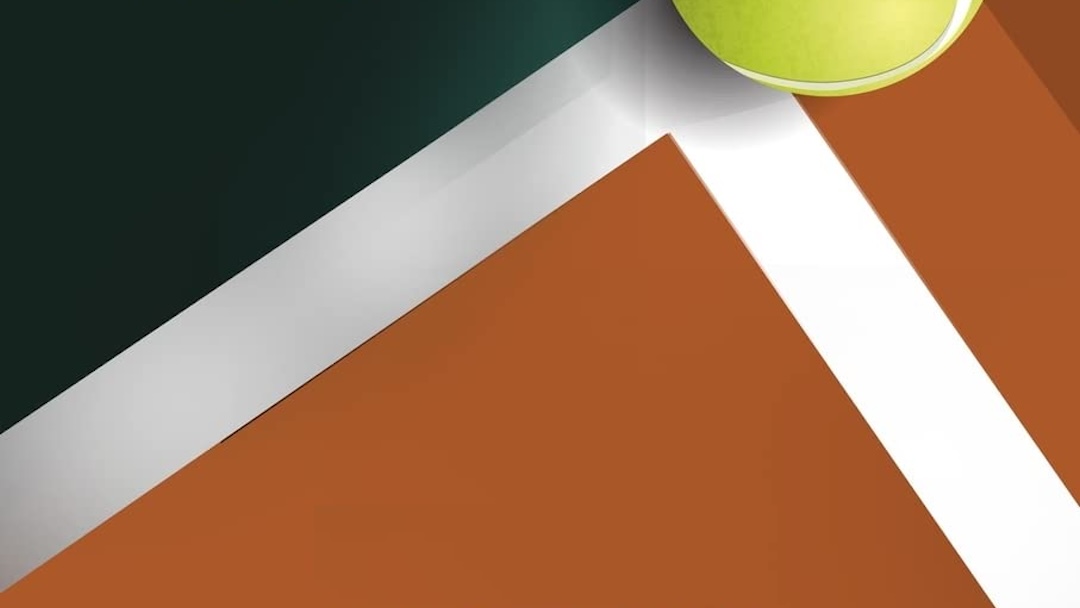The recent emergence of Carlos Alcaraz as the heir-apparent to Rafael Nadal is evidence that the tennis player development program in Spain is having a golden moment. In fact, the country has an impressive recent history of sustained success in producing Grand Slam-caliber tennis players. The Secrets of Spanish Tennis by Chris Lewit attempts to capture what the Spanish are doing to create such high performers.
Lewit traces the recent emergence of Spain as an international tennis power to two critical events. First, the country hosted the Barcelona Olympics in 1992 and won two Silver medals and one bronze medal at those games. It demonstrated the potential for national success in the sport. The Olympics also provided an influx of cash for sports development programs in the country.
The second event occurred the following year, in 1993. Sergei Bruguera won a men’s singles Grand Slam at the French Open. Rafael Nadal was six years old during the Barcelona Olympics. He was 7 when Bruguera won his Grand Slam title. It was the spark for the formative years of the modern Spanish development program.
Desire alone isn’t enough to produce tennis champions. Lewit credits the emergence of two prominent coaches, Lluis Bruguera and Pato Alvaraz, with founding the culture and philosophy of “The Spanish Way.” These two visionary coaches transformed the way players are taught to play in the country.
Spain has a high number of coaches, tournaments, and players concentrated in a relatively small geographic area. Additionally, there is a spirit of inter-academy cooperation that elevates the performance of all parties involved. In addition to embracing similar training philosophies and methods, Lewit claims that there is a widespread belief in the idea that “a rising tide lifts all boats.”
The Spanish coaches emphasize footwork, movement, and balance. Lewit asserts that the attention and focus on those critical aspects of the game go well beyond the priority assigned to those things in other instructional settings. The “Spanish Way emphasizes racquet head speed from both offensive and defensive positions.
The player development program in Spain also embraces clay courts as a “second teacher.” The surface slows down the ball, making it difficult to hit winners. Clay teaches students how to construct points and “grind it out.”
Consequently, Lewit asserts that the “Spanish Way” creates a much higher shot tolerance than other player development systems. The coach-fed and live-ball drills are typically performed with significantly higher continuous repetitions than typically used in other settings. It produces players that are extraordinarily consistent and patient.
The instructional parts of the book are organized into sections for each attribute of “The Spanish Way.” Each includes a philosophical overview and multiple drills and exercises designed to develop that specific skill. The drill descriptions are particularly well done and easy to follow.
The Secrets of Spanish Tennis by Chris Lewit is an essential resource for anyone who strives for high-performance tennis. It is equally valuable to coaches, players, and architects of player development programs. I highly recommend it.
 | The Secrets of Spanish Tennis |




I recently did another podcast with Chris (https://parentingaces.com/articles/is-utr-still-all-that-ft-chris-lewit/) and find his approach to junior development refreshing and effective on so many levels. I initially interviewed Chris several years ago (https://www.youtube.com/watch?v=JztYaSsajGQ&list=PLfiLuMW_ON84rfle2wA4HtS-FSVmtb2iT&index=174) and have been following him on social media ever since! Wouldn’t it be great if we had more red clay courts in the US for our kids to grow up on?!?